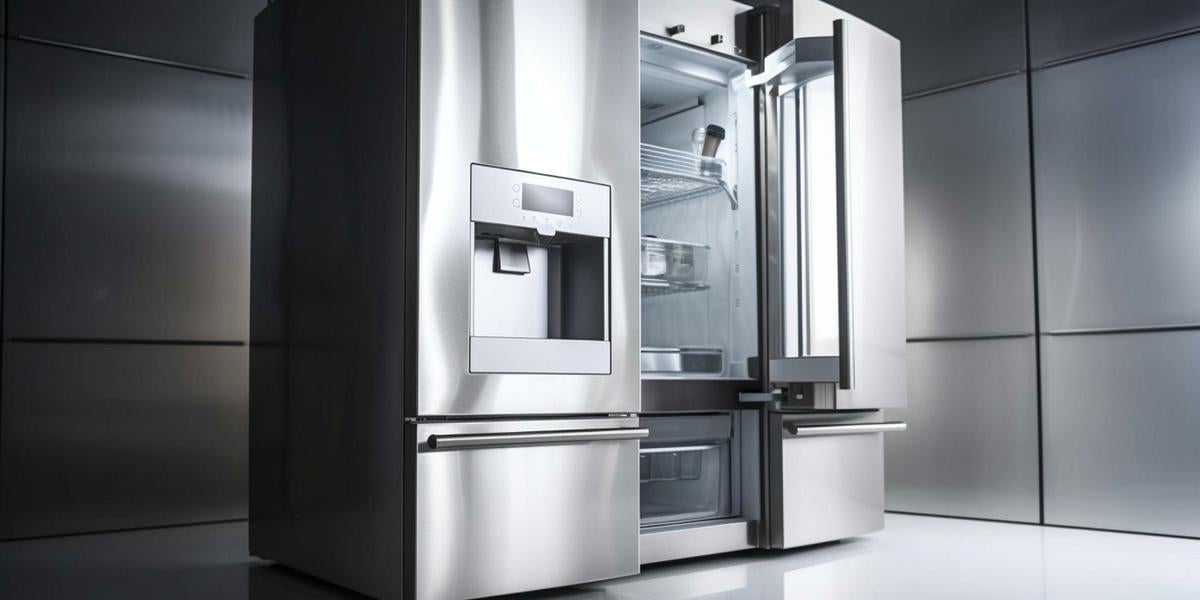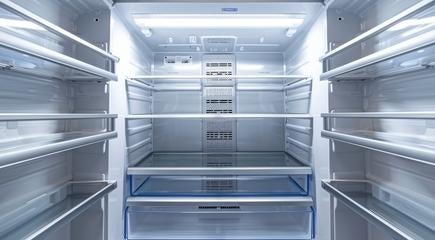DOE Appliance Standards for Refrigerators and Freezers

To encourage the adoption of efficient technologies such as variable-speed compressors, the U.S. Department of Energy (DOE) is proposing to amend energy conservation standards for residential refrigerators and freezers. Historically a DOE success story, refrigerator standards have delivered benefits to both consumers and the environment. Today’s refrigerators use 44% less energy than those in 1990 despite greater than 15% more storage capacity at nearly half the retail cost.
In the Notice of Proposed Rulemaking (NOPR), DOE proposes to consolidate product classes, reducing the number from 42 down to 31, while using sub-categories instead (e.g. ice makers, standalone freezers, etc). Furthermore, DOE suggests establishing new energy allowances based on multi-door and special door implementations, including door-in-door and transparent door designs.

DOE analyzed up to five incremental efficiency levels beyond the baseline for each of the analyzed product classes. After baseline, DOE considered levels increasing in 5% increments up to Max Tech. For reference, efficiency levels of 10% map to the ENERGY STAR® level. Table 1 shows the Percentage Energy Use Less than Baseline across various product classes.
Efficiency Levels
| Standard-Size Refrigerator |
Standard-Size Freezers | Compact Refrigerators and Freezers | |||||||||||
|---|---|---|---|---|---|---|---|---|---|---|---|---|---|
| Product Class (AV, ft) |
3 |
3 (20.6) |
5* (23.0) |
5* (30.0) |
5A* (35.0) |
5-BI* (26.0) |
7 (31.5) |
9 (29.3) |
10 (26.0) |
11A (1.7) |
11A (4.4) |
17 (9.0) |
18 (8.9) |
| EL 1 | 5% | 5% | 8% | 7% | 11% | 8% | 5% | 10% | 10% | 10% | 10% | 10% | 10% |
| EL 2 | 10% | 10% | 13% | 11% | 16% | 13% | 9.5% | 15% | 15% | 15% | 15% | 15% | 15% |
| EL 3 | 15% | 15% | 18% | 15% | 21.5% | 14% | 14.5% | 20% | 20% | 20% | 20% | 20% | 20% |
| EL 4 | 20% | 20% | 20% | 17% | 19% | 25% | 23% | 32% | 30% | 30% | |||
| EL 5 | 27% | 28% | 22% | ||||||||||
Note: * Percentages are based on a 3-door configuration.
Table 1: Precentage Energy Use Less than Baseline
Based on DOE’s analysis, it is proposing Trial Standard Level 5 (TSL5) with corresponding minimum efficiency levels noted in Table 2. For TSL5, all product classes have positive Life-Cycle Cost savings and result in an estimated total full-fuel-cycle emissions reduction of 179 million metric tons of CO2.
Trial Standard Levels (TSLs)
| Trail Standard Level |
Minimum Efficiency Level | Description | |||||||||
|---|---|---|---|---|---|---|---|---|---|---|---|
| PC 3 | PC 5 | PC 5-BI | PC 5A | PC 7 | PC 9 | PC 10 | PC 11A | PC 17 | PC 18 | ||
| 1 | 1 | 1 | 1 | 1 | 1 | 1 | 1 | 1 | 1 | 1 | Modest increase in efficiency |
| 2 | 2 | 1 | 1 | 1 | 2 | 1 | 0* | 1 | 1 | 1 | Increase in efficiency of 10%, except for PC 10 |
| 3 | 2 | 2 | 1 | 2 | 3 | 1 | 0* | 2 | 1 | 2 | Increase in efficiency for PCs 5, 5A, 7, 11A and 18 relative to TSL 2 |
| 4 | 3 | 2 | 1 | 3 | 3 | 1 | 0* | 2 | 1 | 2 | Increase in efficiency for PCs 3 and 5A relative to TSL; all PCs have positive LCC savings |
| 5 | 3 | 2 | 1 | 3 | 4 | 1 | 0* | 2 | 1 | 2 | Increase in efficiency for PC 7 relative to TSL 4; all PCs have positive LCC savings |
| 6 | 5 | 4 | 3 | 3 | 5 | 4 | 4 | 4 | 3 | 4 | Max-tech |
* DOE did not consider efficiency levels above baseline for PC 10 for TSLs 2-5.
Table 2: Trial Standard Levels
For more rulemaking information and development activities related to refrigerator and freezer standards, please refer to docket EERE-2017-BT-STD-0003 on the regulations.gov website.





